Engineers must learn DIY: Create exclusive multimeters with Arduino
- This article is selected from the "Test and Measurement Special Issue" in May.
Design requirements: This project can use Arduino Uno or Duemilanove board, with three design modes:
• Separate – Measurement data can be viewed in the form of a character or graphic LCD display module.
• Connection - You can use the Arduino IDE serial display to connect to your PC for reading.
· Combination - Data can be viewed on both devices.
The second mode does not require an LCD display module, so the price will be slightly lower.
The Arduino multimeter designed for this project should have the following functions:
·Voltage meter with 3 ranges: 0-10V, 0-30V, 0-100V
· One-meter ammeter: 0-500mA
· ohmmeter with 2 ranges: 0-1KΩ, 0-250KΩ
·Diode, LED connectivity test
·LED functional test
·Measurement of BETA value of NPN bipolar junction transistor

1 Warning: High voltage danger! First of all, I have to release this warning, because some of our operating voltages are higher than the safe voltage value, we should always put safety in our hearts. In addition, it should be reminded that when the multimeter is connected to a computer, the computer and the device should be shared.
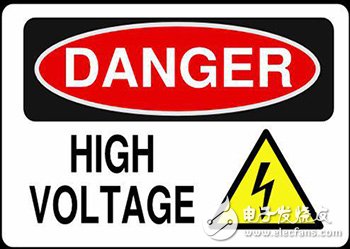
2 circuit design, this is the overall circuit diagram. Because the overall circuit diagram looks a bit complicated, I will divide it into sub-modules for explanation.
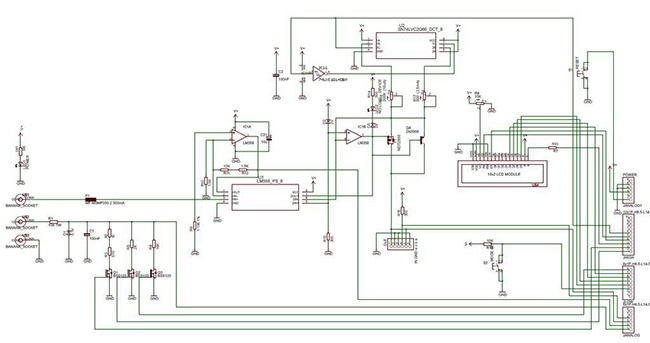
3 A simplified diagram of the voltmeter. The three ranges can be selected via the buttons on the Arduino board. When making a voltage measurement, only one switch is closed.

4 A simplified diagram of the ammeter. The measured current flows through the 1Ω resistor to ground, and its output is amplified and connected to the Ar1 interface of the Arduino. The gain of the amplifier is 10. For overcurrent protection, I configured a 500mA reset PTC.

A simplified diagram of a 5 ohm meter. A reference voltage is generated by the Zener diode relative to the positive voltage source, the voltage being applied to a current converter consisting of a PMOS transistor and an operational amplifier connected to the source of the transistor. At this time, the voltage on the Zener diode is equal to the voltage across the resistor.
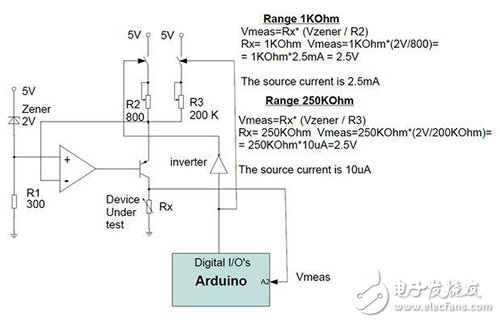
6 Arduino board control, both switches are closed, both resistors have current flowing. Therefore the current has two possible values: 10uA and 2.5mA. These currents can be precisely modulated. The generated current then flows through the device under test (resistors, diodes, LEDs...) and the voltage drop is detected at the A2 port of the Arduino.

If the resistance is in the range of 100Ω. At this point, a reference current of 2.5 mA flows through the resistor and the resulting voltage is applied to the ADC input of the Atmega chip. We want to measure between 0-1000 Ω. The measured voltage also varies between 0 and 2.5V. Vce (Vds) has a voltage range of 0.5V to 3V. These two voltages directly affect the collector-emitter/source-drain current, which ultimately leads to a decrease in accuracy. This phenomenon can be well understood by this figure: the transmission characteristics of NPN bipolar junction transistors. This effect can be corrected by software, but if it is non-linear, calibration can be very difficult.
-----------------------
More test and measurement technology essays can be downloaded from the special issue page - "Test and Measurement Special"
7 How to measure the beta value: The aforementioned current can flow through different devices: resistors, diodes, LEDs, Schottky diodes..., and the resulting voltage drop is related to the corresponding device. This voltage value can provide information about the corresponding device, such as the voltage drop of the device and the corresponding device: diode -0.4V-0.8V; Schottky diode -0.1V-0.5V, LED (different colors are not the same) -1.1V -3.5V. The current used at this time is 10 uA. And if you use 2.5mA, then the LED will start to emit light and you can measure the functionality of the LED. The beta value is also measured using 10uA and the measured value can be read on the screen.
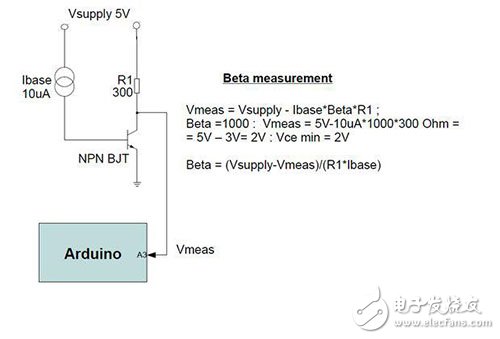
8 required bill of materials.

9 PCB design documents.

10 After the PCB file is completed, it will be processed by the foundry. I waited for two weeks to get the finished product.
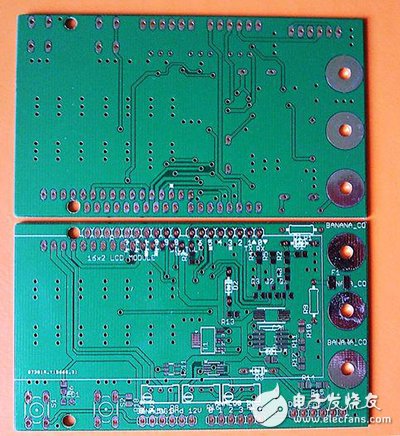
11 Installation and welding, this is not a big problem, careful care is the key.

12 Some explanations on the PCB.

13 Install the components.

14 To configure the Arduino, you need to configure both the mode selection and the multimeter software. The relevant configuration files can be found at http://Digital-multimeter-shield-for-Arduino/.
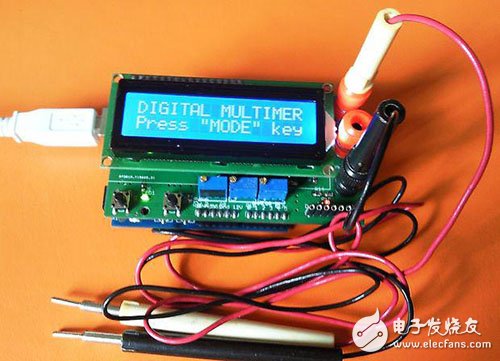
15 Then you need to calibrate. Find a standard multimeter and calibrate it.

16 Measure the battery voltage and you can see the selected range and voltage value information.
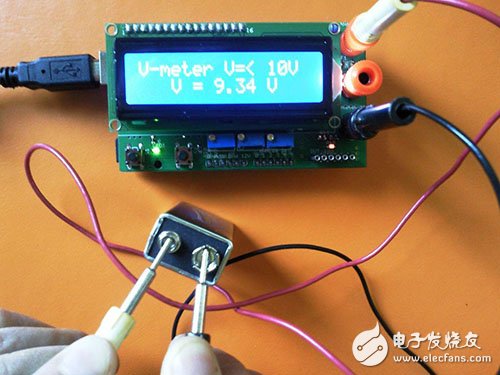
17 Calibrate the ohmmeter.
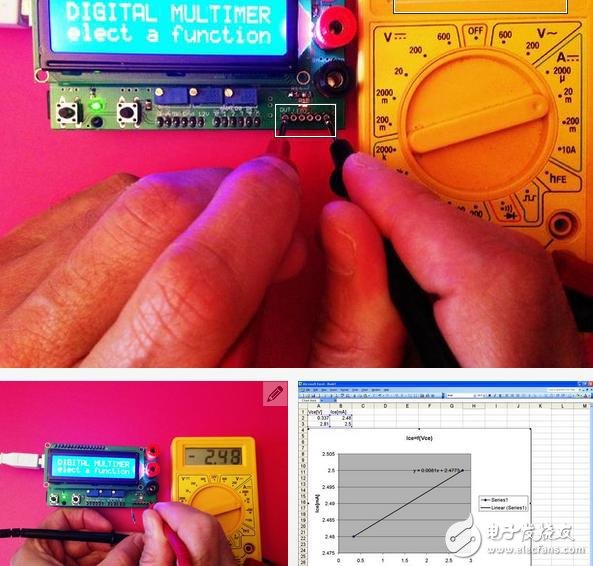
18 Once you are done, you are ready to test.

-----------------------
More test and measurement technology essays can be downloaded from the special issue page - "Test and Measurement Special"Capillary Of Thermometer,Bourdon Gauge Thermometer,Capillary In Thermometer,Thermometer Pressure Gauge
ZHOUSHAN JIAERLING METER CO.,LTD , https://www.zsjrlmeter.com